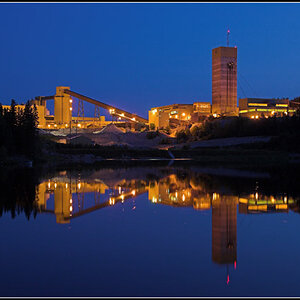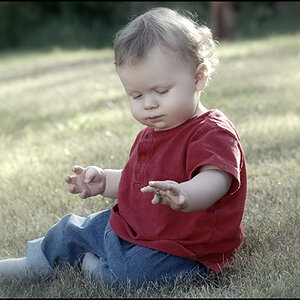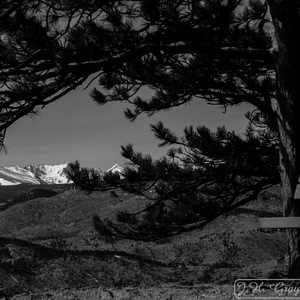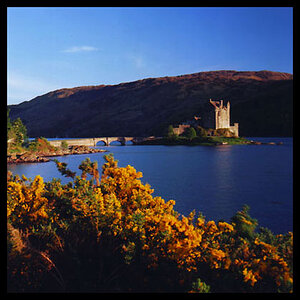Derrel
Mr. Rain Cloud
- Joined
- Jul 23, 2009
- Messages
- 48,225
- Reaction score
- 18,941
- Location
- USA
- Website
- www.pbase.com
- Can others edit my Photos
- Photos OK to edit
Okay, who remembers the Weston Speed index, which came out before either ASA or DIN...the Weston Speed was one unit lower than ASA,as I recall. Plato? Dwig?
About five years ago, I met an old photographer in his 90's,and he told me, "I remember shooting my first color film like it was yesterday--it was ASA 6 as I recall."
Just for a joke, I said, "was that Weston Speed or ASA?" and he said, "Wow, I haven''t heard the term Weston Speed in sixty years!"
I remember the guy clearly. I happened to snap a few frames of him with a used 135 f/2 DC I was checking out a the shop.
About five years ago, I met an old photographer in his 90's,and he told me, "I remember shooting my first color film like it was yesterday--it was ASA 6 as I recall."
Just for a joke, I said, "was that Weston Speed or ASA?" and he said, "Wow, I haven''t heard the term Weston Speed in sixty years!"
I remember the guy clearly. I happened to snap a few frames of him with a used 135 f/2 DC I was checking out a the shop.
Last edited:





![[No title]](/data/xfmg/thumbnail/37/37634-504722605a418b398f3cd1dbabf936e5.jpg?1619738156)








![[No title]](/data/xfmg/thumbnail/36/36395-66eaff4565ecf4245f13a9c469a9273b.jpg?1619737548)